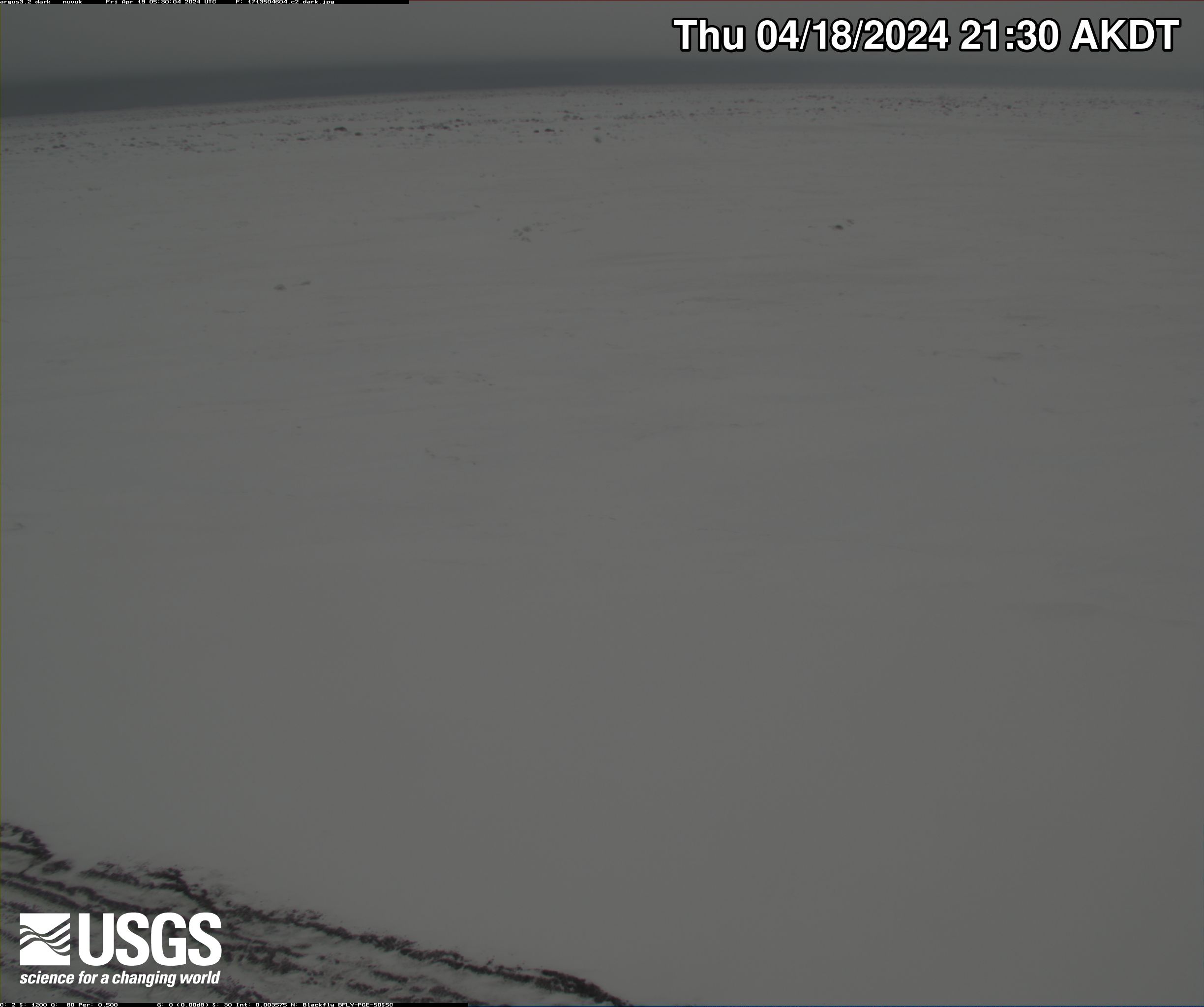Breakout Table 4 Discussion of the Mayagüez Session of the USGS Workshop in Puerto Rico Titled “Participatory Engagement for Storm Management”
linkBreakout Table 4 Discussion of the Mayagüez Session of the USGS Workshop in Puerto Rico Titled “Participatory Engagement for Storm Management.”

















